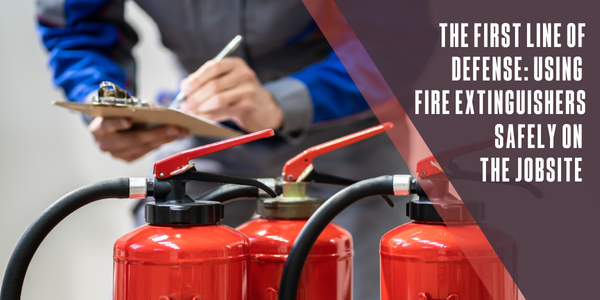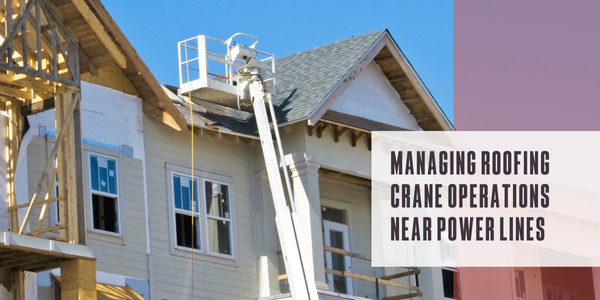UP TO THE MINUTE
Safety Checklist for Roofing Work - Part One

By John Kenney, Cotney Consulting Group.
When working on roofs, safety continues to be an ongoing issue that causes avoidable deaths.
In the construction industry, heights are the leading cause of severe injury and death, and of the deaths, falls from rooftops constitute at least a third.
Roofers encounter several serious hazards, including inclement weather, extreme heat or cold, proximity to electrical wiring, excessive noise, dangerous substances, and risks relating to various tools. Given these dangers, workers' responsibility is to handle themselves properly. Ultimately it is the employer's responsibility to control these hazards as best as possible and implement the appropriate safety measures.
The first step is to have an OSHA-compliant roofing safety program and guide to support basic safety measures for your roofing workers.
Training and safety must-include items
You must ensure all workers are adequately trained and equipped to handle common rooftop hazards as an employer. A comprehensive safety checklist is required for each of your roofing job sites.
Your safety training program should answer the following questions affirmatively:
-
Safety training has been provided in a language that all your workers understand
-
Fall protection training has been provided to all rooftop workers
-
Workers are trained to recognize and handle all hazards specific to your job sites
-
Workers are trained to handle appropriately; ladders, tools and fall protection equipment used on your job sites
-
Develop a plan that incorporates the correct equipment and materials necessary to accomplish your projects safely
-
Employers and workers understand the OSHA requirements for fall protection
-
Your worker safety training is compliant with all OSHA requirements
Fall protection checklist
Insufficient fall protection measures cause many avoidable injuries and deaths. Your roofers that work at heights of six feet or higher from a lower-level face an increased fall risk. To maintain safety on rooftops, it is vital to observe the following criteria:
-
Your roofers must receive proper safety training, including the recognition of fall hazards, an action plan in case of a fall, and the use and maintenance of fall protection equipment
-
Retraining will be necessary when fall protection equipment is changed due to a change in job duties or a change in working conditions.
-
When roofers are working at heights of six feet or higher from a lower level, an employer is required to provide their workers with an approved personal fall arrest system
-
A personal fall arrest system is comprised of an anchor point, a full-body harness, and a lanyard or lifeline. This is considered an active fall arrest system. Another option is to use guardrails which we will cover in part two.
-
Personal fall arrest system requirements:
- The harness must be snug and that the D-ring attachment is centered between the worker's shoulder blades
- Anchor point must be capable of supporting 5,000 pounds per worker
- Units that have endured a fall must be removed from service until you perform a thorough inspection to check for any damage. It is highly recommended that you replace rather than take any chances after a fall.
-
It is the employer's responsibility to calculate the fall clearance distance, including the possibility of a swing-fall hazard, so that roofers will not come in contact with the lower level or surrounding objects or surfaces if they do fall
-
When calculating the total fall distance, it must include the distance a worker would fall before their personal fall arrest system would decelerate the fall (must be six feet or less) and the distance that a lifeline would stretch to fully arrest the fall (must be less than 3.5 feet)
Part two will cover guardrails, warning lines and penetration openings.
About John Kenney
John Kenney is the Chief Executive Officer at Cotney Consulting Group. Prior to starting Cotney, John had 45 years of experience in the construction industry. John began his career by working as a roofing apprentice at a family business in the Northeast. Because of his skill and hard work, he progressed from roofing laborer to foreman, estimator, chief estimator, vice president, and chief operating officer with his various companies. John has worked for multiple Top 100 Roofing Contractors and is intimately familiar with all aspects of roofing production, estimating, and operations. In his last role, John was responsible for the daily operations and performance of a large commercial roofing contractor. During his tenure, John ran business units associated with delivering excellent workmanship and unparalleled customer service while ensuring healthy net profits for his company.




















Comments
Leave a Reply
Have an account? Login to leave a comment!
Sign In